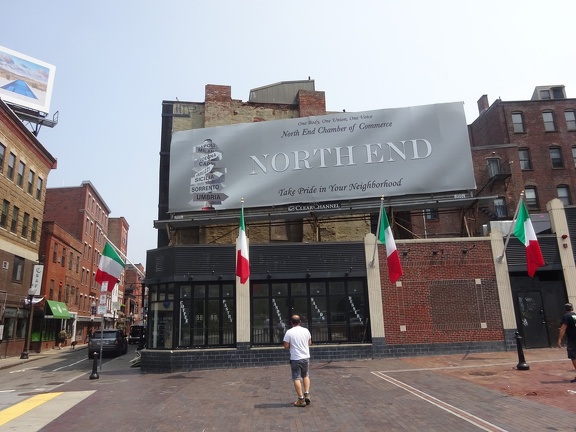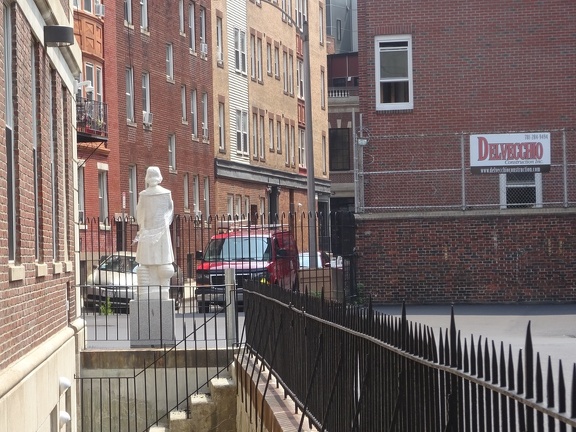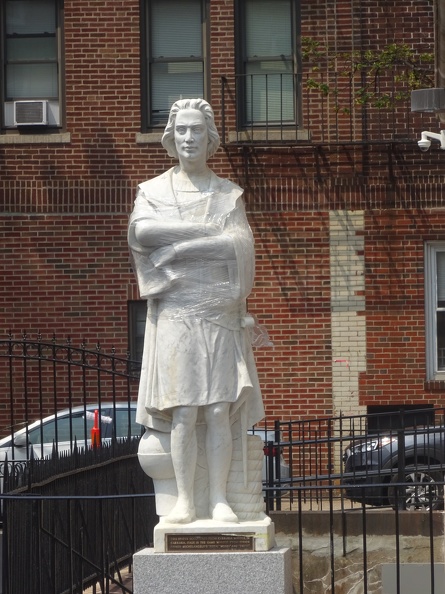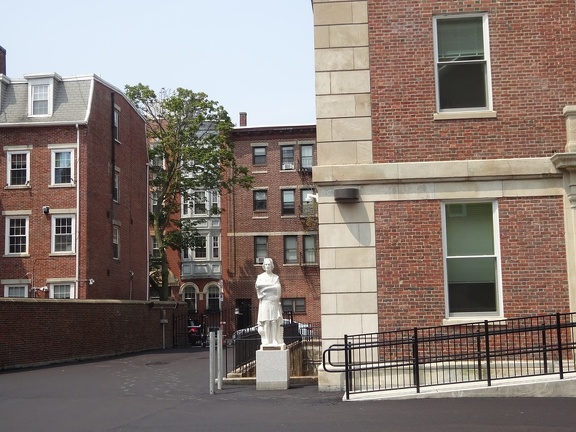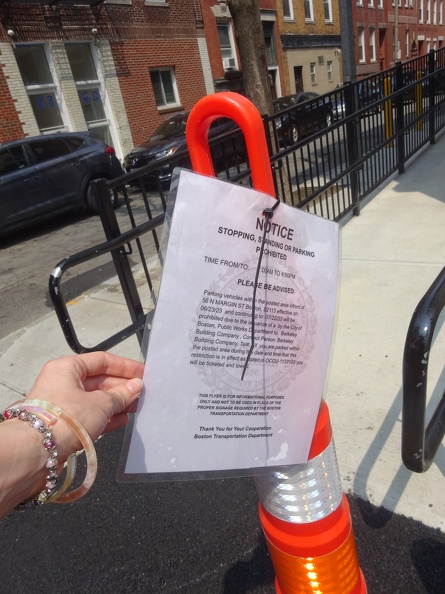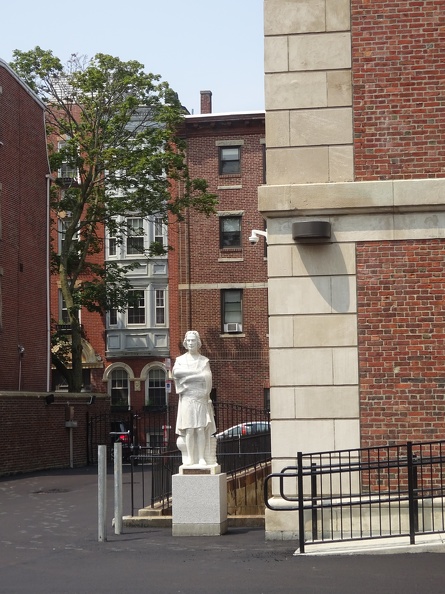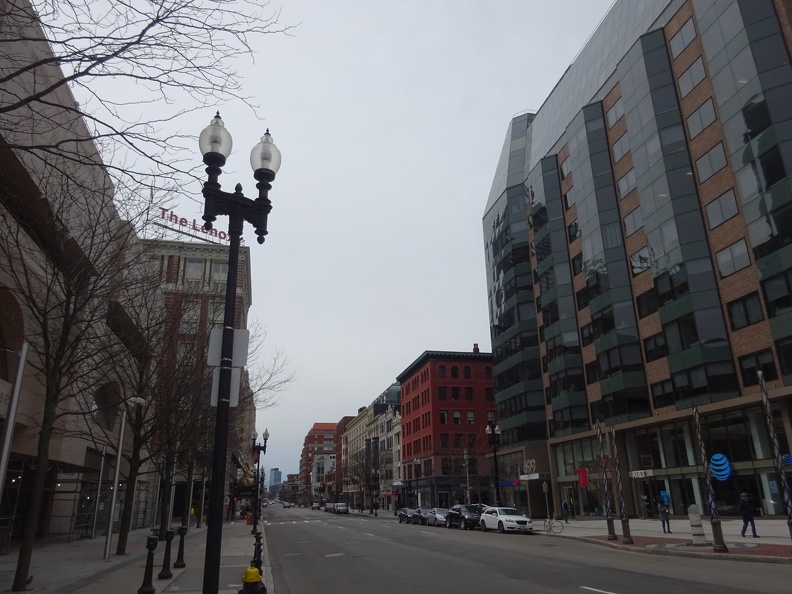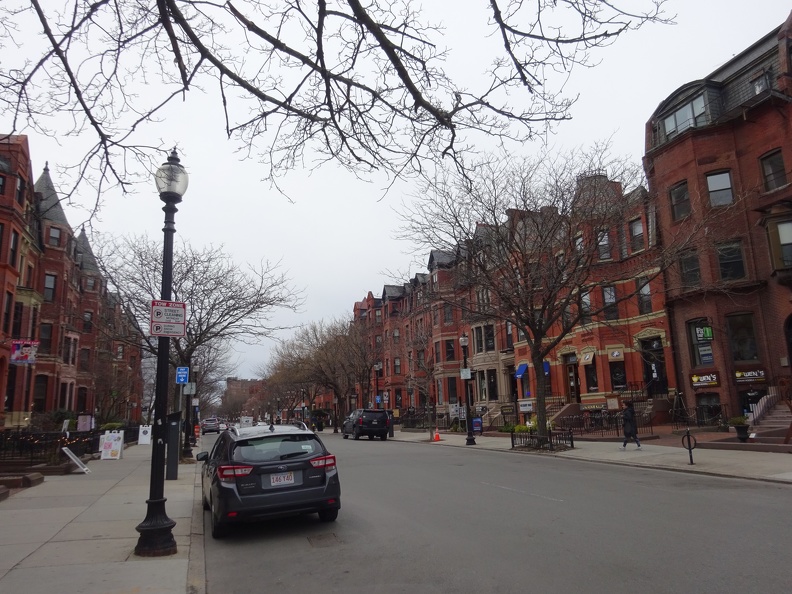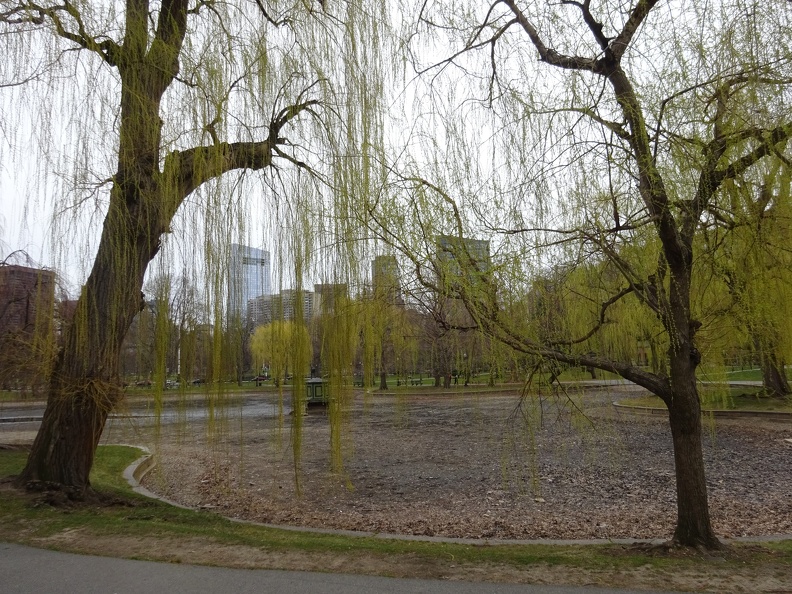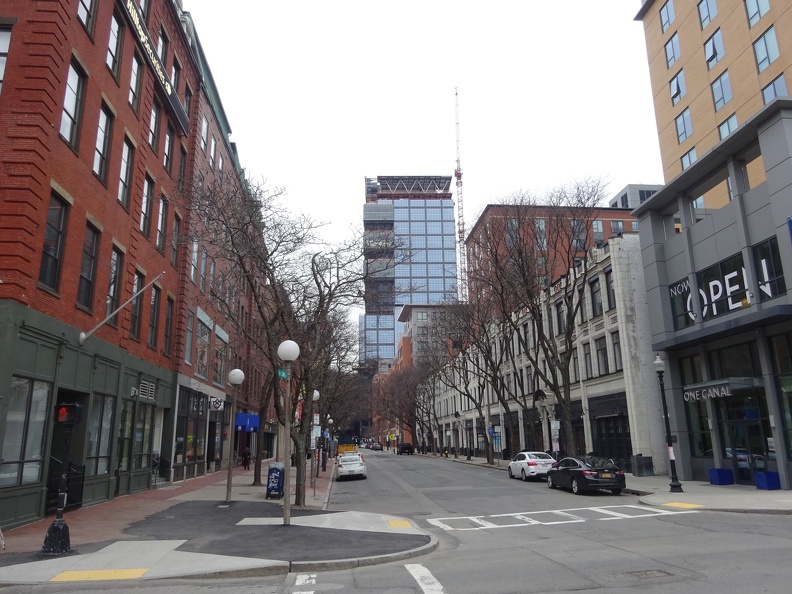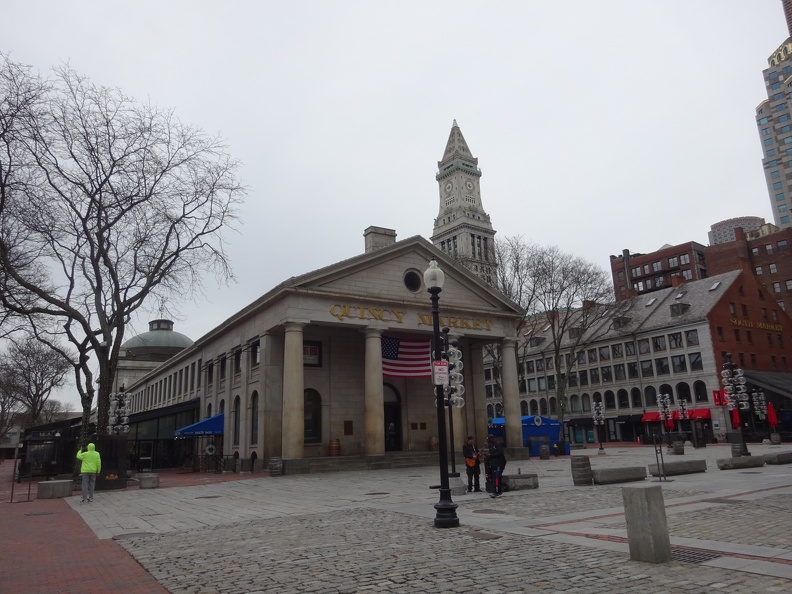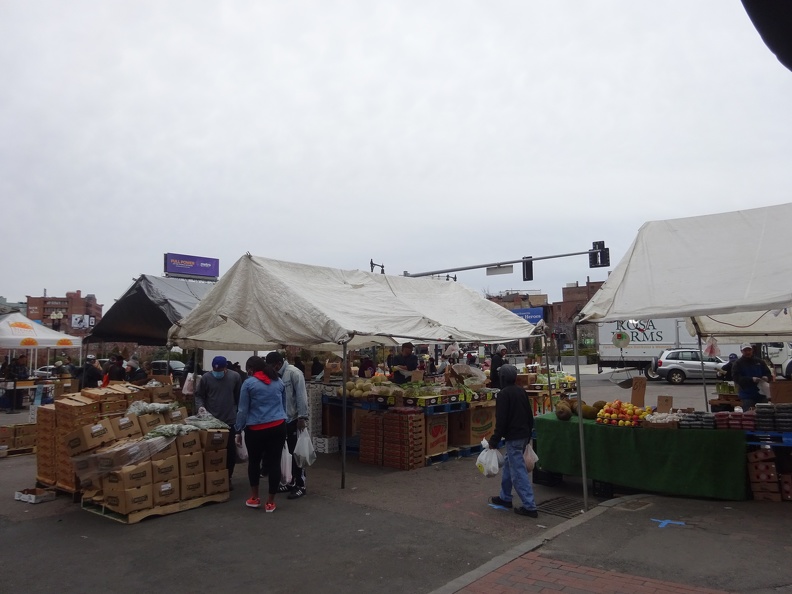Christopher Columbus is happy today.
I could tell when I visited him.
Being a statue, he can’t exactly change his facial expression to reflect what he’s feeling. And I’m well aware that most people would say that he isn’t capable of feeling anything at all. But as someone who loves statues more than anything else in the world, and statues of Columbus in particular, I believe in the idea that a statue can feel happiness. Call me crazy, but I believe that on some level, Christopher Columbus knows about the election result and is pleased with it.
As mentioned above, I decided to visit Christopher today. I had been in a dark and negative headspace regarding his situation, as detailed in this blog post. But with the hope and lightness that the election result brought, I was in the mood to make another trip into the North End to see my favorite statue.
And I’m glad that I did so.
Before even boarding the train, I was beginning to regret my decision. It was one of those days that is relatively warm, but extremely windy. As an autistic person, this severely bothers my sensory sensitivities. Within the first few minutes of waiting on the train platform, I was frozen to the bone and in agony. I was wearing a light sweater due to the fact that the temperature (according to the weather app, at least) was 67 degrees, but I was soon wishing that I had worn a down parka and ski mask. After what felt like an eternity, the train arrived, but it apparently didn’t pull into the station correctly and had to back up a couple of feet, costing additional minutes. Finally, I was able to board the train and therefore to get a reprieve from the ice-cold wind.
Once in Boston, my way was blocked numerous times: by people plodding along the narrow sidewalk, by a chaotic intersection at which a truck was trying to turn but none of the cars would allow it to, and by a gaggle of tourists hanging out near the entrance to the Peace Garden of St. Leonard’s Church.
But once I stepped through the gate of Chris’s new home, the Peace Garden lived up to its name. Gentle music wafted through the air. The biting cold wind ceased. A wide brick path led through the garden, with a delicate-looking fence and elegant lanterns on either side, toward the entrance of the church. To my left were two statues: one of Jesus on the cross and the other of Mother Mary with children gathered around her. To my right were four statues: one of a saint with his arms raised in the air, one of a kindly-looking man surrounded by children, a gold-colored fellow with outstretched arms, and Chris. He stood tall with arms crossed over his chest, as always. Beautiful rosebushes had been planted around his pedestal. The trees cast shadows across his marble face, and their golden leaves drifted softly down to blanket the grass. The sun’s rays cast a warm glow over the peaceful scene.
A few people trickled into the church for a mass that was starting soon, but for the most part, the garden was deserted, allowing me to spend a few minutes with Chris undisturbed. I didn’t actually talk to him, because that would’ve made me look completely insane, but I admired him, took some photos, and sent my thoughts to him telepathically. (I guess that sounds kind of insane too, now that I think about it.)
Hi Chris, I greeted him. It’s me, Marissa. Do you remember me? I came back, like I promised I would. No matter where you go, I will always find you. I will always come back. I will never forget about you. Are you happy in this place? You look nice here. It is peaceful and beautiful. Did you hear the news? Do you feel happy about it?
As crazy as it sounds, I knew that he did remember me, and that he was happy, about both his home and the election results.
Once I had assured myself of this, I took a closer look at the church building itself, a mosaic displaying the names of its benefactors, and a new sculpture called the Noble Journey, which shows footprints of various sizes representing immigrants coming to America. And then I turned and walked slowly back down the brick path and into the bustling, congested streets of the North End.
Bye Chris, I thought as I looked back over my shoulder. I’ll be back. Until next time…
Here are some pictures that I took of Chris, his friends, some other things in the Peace Garden, and a couple of other miscellaneous pieces of public art in Boston:
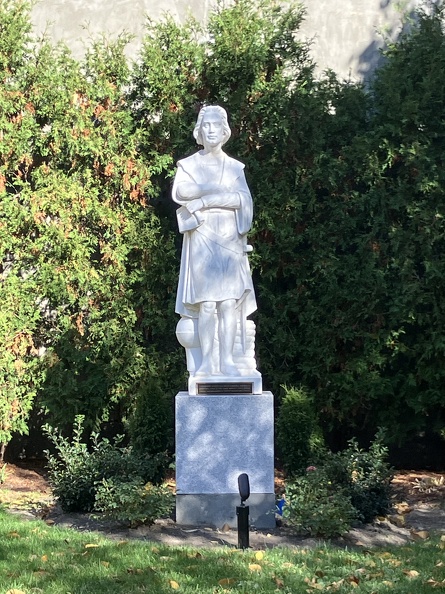

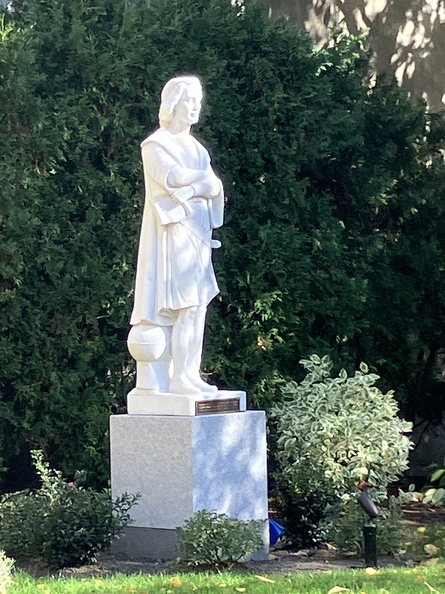
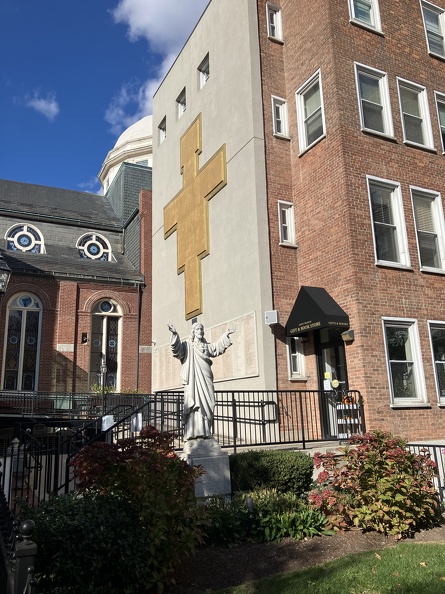


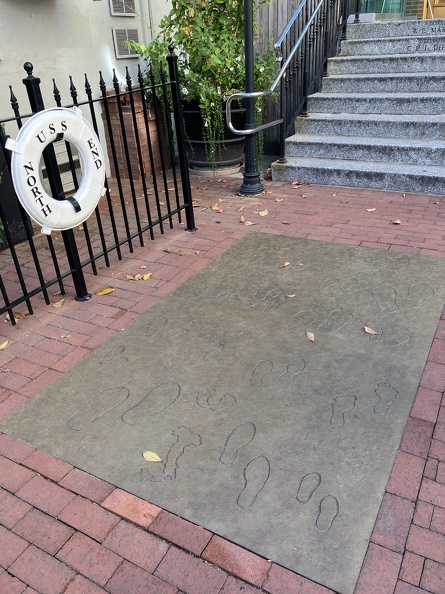

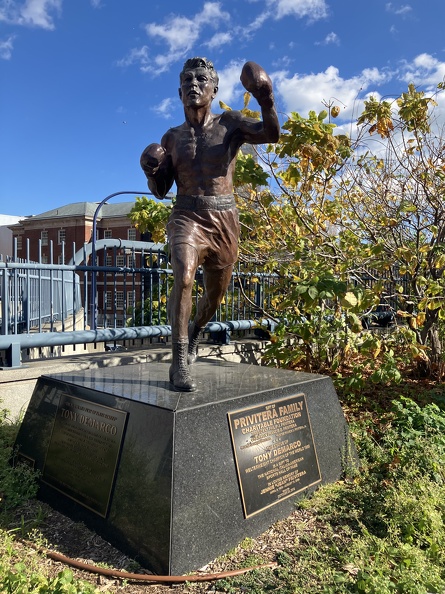

You can view all of my pictures of Chris at St. Leonard’s here. This album also includes the pictures that I took when I visited him for the first time there in September, which I wasn’t in the right headspace to post about at the time.



